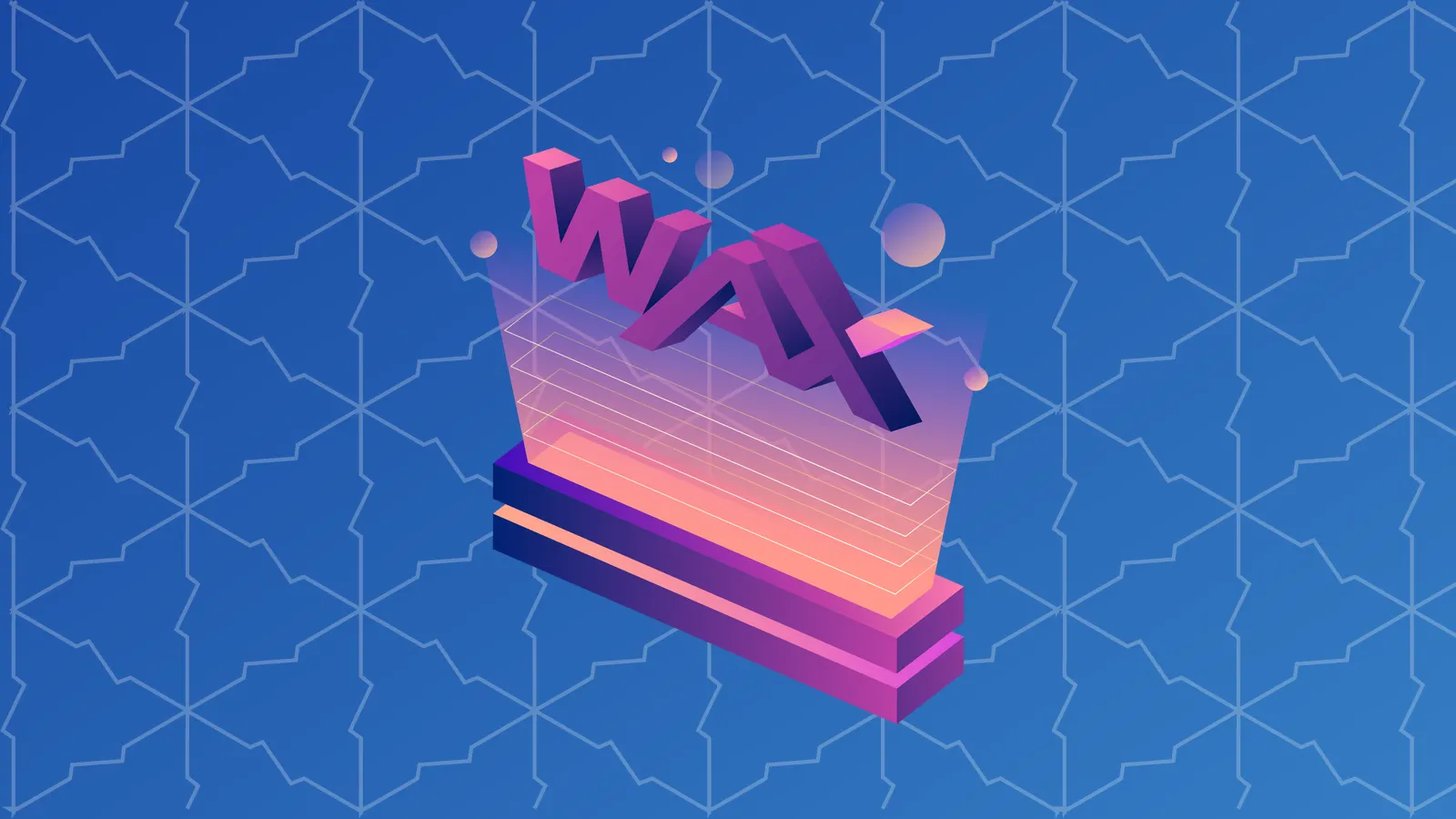The video game industry is massive: over 400 million players purchase more than $50 billion in virtual items every year. The benefits that blockchain can bring to an economy that is already virtual and based around rare assets are obvious: decentralization, interoperability, transparency, and efficiency. WAX is hoping to be among the first to pair gaming's popularity with blockchain's expanding toolkit.
What is WAX?
WAX stands for Worldwide Asset eXchange and is a blockchain specifically made for trading virtual items such as rare and collectible items in video games and virtual worlds. The WAX blockchain serves as a decentralized marketplace and dapp platform that is hyper-focused on video gaming and virtual collectibles. Rather than having to trust a centralized video game provider or network, players can truly own their virtual assets and trade them with anyone on the WAX platform. Holders of the virtual goods can also know that the items are provably rare and can’t just be created whenever the game developer decides to make more.
Who Invented WAX?
William Quigley is the current CEO of both WAX and OPSkins. Jonathan Yantis is the current COO of WAX and was a pioneer of the virtual products way back in 1997. They are both co-founders of WAX.
A brief history
- 2004 – A peer-to-peer secondary market develops to sell World of Warcraft items for cash.
- 2015 – OPSkin is created, eventually becoming the leading marketplace for trading video game assets.
- 2017 – The WAX ICO is completed.
What’s so special about it?
The distinguishing factor of the WAX blockchain is the team behind it, which is experienced in the specific industry that they are targeting; virtual item trading. OPSkins is a leader in their industry and already serves millions of customers who have completed millions of trades and purchases on their platform. By having the team behind OPSkins also building the WAX protocol, specific industry knowledge and experience are fused into the WAX ecosystem.
Did you know?
The WAX blockchain is fully backward compatible with
EOS, which means that dapps built on EOS can easily be duplicated onto WAX. In fact, they even launched a $25,000 #BuildOnWax competition that incentivizes developers to import their EOS dapps onto WAX.
What else is different?
In order to achieve speed and scalability, the WAX blockchain uses Delegated Proof of State (DPOS) as their consensus algorithm. This is done by having WAX token holders use their tokens to vote for 21 WAX “Guilds” who earn rewards for producing blocks on the WAX blockchain.
How is WAX produced?
During the WAX ICO, 64,750,000 WAX tokens were sold for $9.6 million. The tokens used during the ICO were ERC20 tokens on the Ethereum blockchain.
There is a total supply of 1,850,000,000 that was generated during the genesis or first block of the official WAX blockchain. With the launch of the WAX blockchain mainnet, the original ERC20 WAX tokens can be swapped for WAX tokens that are native to the new blockchain.
How do you get hold of WAX?
The WAX token is available for trade or purchase on major exchanges such as Huobi. In order to hold the new WAX native tokens, you will need a wallet that is compatible with the WAX blockchain. WAX is also the reward for staking or producing blocks.
What can you do with WAX?
The main use of WAX besides being used in proof-of-stake to secure the blockchain is as a payment and trading token. Users can purchase virtual goods on WAX using the WAX token. As the native token on the WAX blockchain, WAX is also used to pay for fees when creating and using smart contracts.
The Future
The future of WAX is focused on further developing the WAX protocol and network. As a fully functioning blockchain, they plan to grow their community, developers, apps, and the entire ecosystem using programs like the WAX Worker Proposal System and WAX Creator contest. The Wax Worker Proposal System will reward developers who work on improving the platform with WAX tokens. The WAX Creator program rewards people for using a very simple WAX Creator tool that allows anyone to make Non-Fungible Tokens (NFTs) like stickers, collectible carts, and art. This WAX Creator program has already created over 150,000 NFTs.


